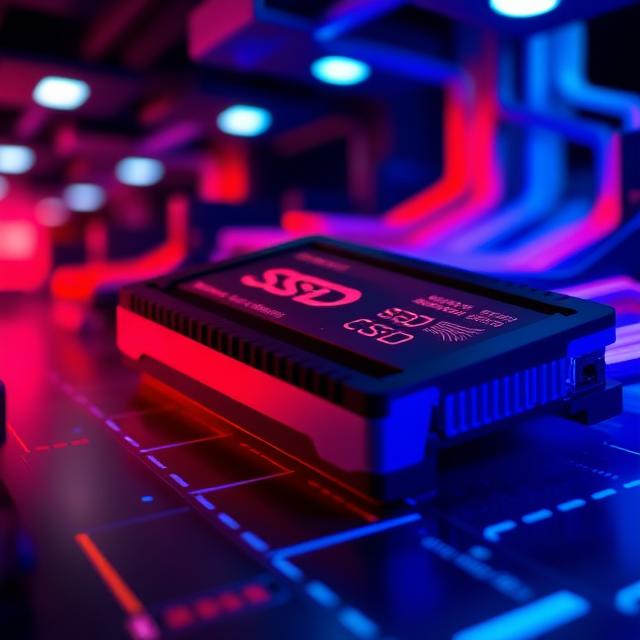
In the realm of game hosting, the quest for low-latency performance is paramount. As the gaming industry continues to grow and evolve, so too does the demand for faster, more reliable storage solutions. Two of the most prominent storage technologies in use today are Solid State Drives (SSD) and Non-Volatile Memory Express (NVMe). Both offer significant advantages over traditional hard drives, but understanding their differences is key to selecting the optimal choice for low-latency game hosting.
Comparing SSD and NVMe for Game Hosting
Solid State Drives (SSD) have gained widespread popularity due to their ability to reduce load times and improve overall system responsiveness compared to traditional hard drives. SSDs utilize NAND-based flash memory, allowing them to read and write data significantly faster than mechanical drives. This speed is crucial for game hosting, where swift data access can mean the difference between a smooth experience and disruptive lag. Furthermore, SSDs are more reliable and consume less power, which can be beneficial in a data center environment where efficiency and uptime are critical.
On the other hand, NVMe is a protocol designed specifically for high-speed storage media that leverages the full potential of SSDs. Unlike traditional SSDs that connect via SATA interfaces, NVMe drives use the PCIe interface, allowing them to outperform their SATA counterparts with much higher data transfer rates. This performance edge is particularly beneficial in a gaming context, where every millisecond counts in ensuring a seamless and immersive experience. NVMe drives can handle more commands and perform tasks with greater parallelism, reducing latency and providing a noticeable boost in game server performance.
While both SSD and NVMe offer substantial improvements over traditional storage solutions, the choice between the two can depend on specific game hosting needs. For instance, SSDs might be sufficient for hosting smaller or less demanding games that require moderate data throughput. However, for games with complex data structures or those that prioritize ultra-low latency, NVMe could provide the necessary performance. Understanding these distinctions is crucial for game hosting providers aiming to deliver the best possible experience to gamers.
Choosing the Best Storage for Low-Latency Gaming
When selecting storage solutions for low-latency gaming, it’s essential to consider the scale and demands of the games being hosted. For games with high player counts and complex data processing needs, such as massively multiplayer online games (MMOs), the superior speed and reduced latency of NVMe drives make them an ideal choice. The ability of NVMe to handle large volumes of data quickly and efficiently means that servers can respond to player actions with minimal delay, enhancing the gameplay experience.
Cost is another factor to consider when deciding between SSD and NVMe. NVMe drives typically come at a higher price point than standard SSDs, which might be a consideration for game hosting providers operating on a tight budget. However, the performance gains offered by NVMe can justify the investment, especially for competitive gaming environments where players demand top-tier performance. Providers must weigh the cost against the benefits of reduced latency and improved reliability associated with NVMe technology.
Ultimately, the decision between SSD and NVMe for game hosting should be guided by the specific requirements of the gaming environment. Providers should assess their current and future hosting needs, considering factors such as player expectations, game size, and operational budget. By aligning their storage choice with these criteria, game hosting providers can ensure they deliver a gaming experience that meets the demands of their audience while optimizing for performance and efficiency.
In conclusion, both SSD and NVMe technologies offer significant advantages for game hosting, providing faster data access and improved reliability over traditional hard drives. For low-latency gaming, NVMe stands out as a superior choice, especially for large-scale or highly demanding games. However, the decision should be tailored to the specific needs and budgetary constraints of the hosting provider. By carefully evaluating the requirements and leveraging the strengths of either storage solution, providers can enhance their server performance and deliver a seamless gaming experience to their players.